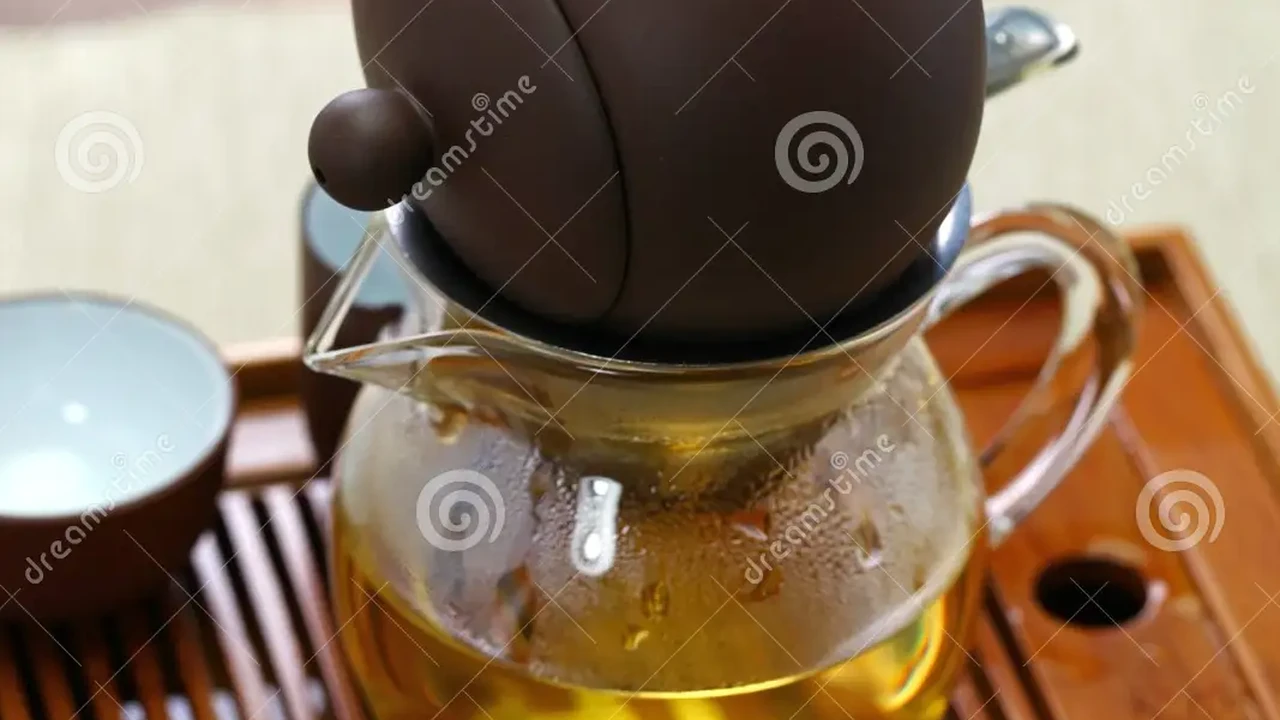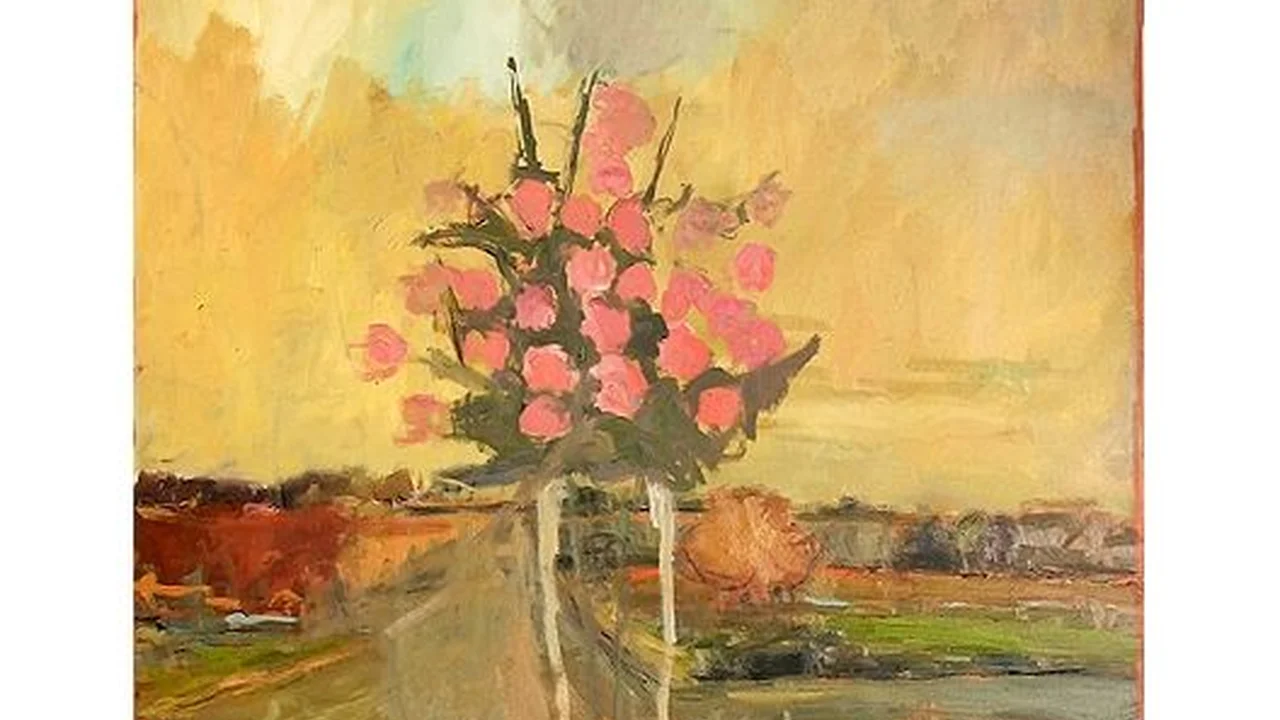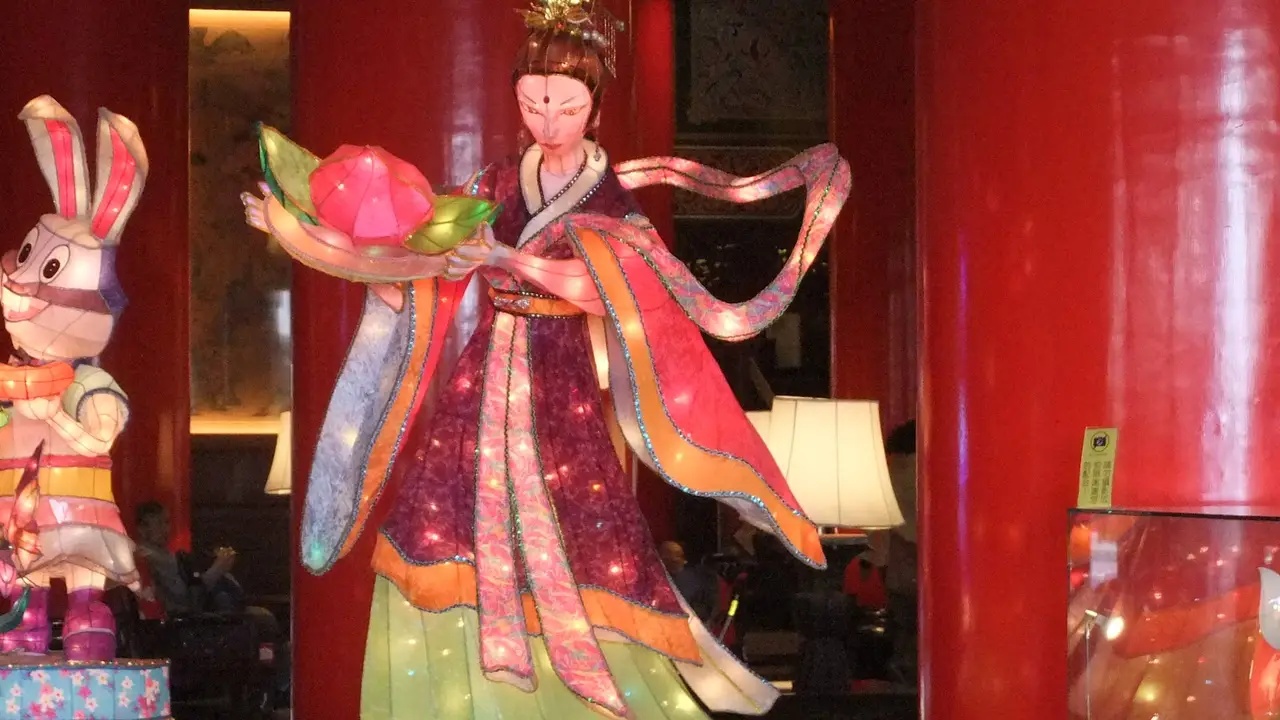Taiwanese Tea Ceremony: An Authentic Experience
Sample meta description.

Discovering the Art of Taiwanese Tea Ceremony A Deep Dive
Hey tea lovers! Ever wondered what makes Taiwanese tea so special? It's not just the taste; it's the whole experience, the ritual, the connection. We're talking about the Taiwanese Tea Ceremony, a beautiful blend of tradition, art, and mindfulness. Forget your usual cuppa; this is a journey for your senses.
The History Behind Gongfu Tea Taiwanese Tea Culture
So, where did this all start? The Taiwanese tea ceremony, often called Gongfu tea, has roots in Chinese tea culture but has evolved into its own unique style. Think of it as a family tree, where Taiwan took the best parts and added its own flair. It's a way to honor the tea, the guests, and the moment itself. It’s about slowing down and appreciating the simple things in life.
Essential Tools for Your Taiwanese Tea Ceremony Setup
Alright, let's get down to the nitty-gritty. To truly experience the Taiwanese tea ceremony, you'll need some key tools. Don't worry, it's not rocket science, and you don't need to break the bank. Here's a rundown:
- Gaiwan (蓋碗): This is your primary brewing vessel. It's a lidded bowl, perfect for brewing and pouring.
- Tea Pitcher (茶海 or Gong Dao Bei): This is used to even out the tea concentration before serving. Think of it as a middleman ensuring everyone gets the same deliciousness.
- Tea Cups (品茗杯): Small, delicate cups designed to enhance the aroma and flavor.
- Tea Tray (茶盤): To catch any spills and keep your area tidy.
- Tea Strainer (茶濾): To filter out any tea leaves.
- Tea Scoop (茶匙): For measuring the tea leaves.
- Tea Tongs (茶夾): To handle the hot cups without burning your fingers.
- Tea Cloth (茶巾): For wiping up spills and keeping everything clean.
Selecting the Perfect Tea Exploring Taiwanese Tea Varieties
Now for the star of the show: the tea! Taiwan is famous for its oolong tea, but there's a whole world to explore. Here are a few popular options:
- High Mountain Oolong (高山茶): Grown at high altitudes, this tea is known for its floral aroma and smooth taste. Alishan and Lishan are famous regions.
- Oriental Beauty (東方美人): Also known as Bai Hao Oolong, this tea is oxidized to a higher degree, giving it a honey-like sweetness.
- Tieguanyin (鐵觀音): A roasted oolong with a rich, complex flavor.
- Alishan Jinxuan (金萱茶): Also known as Milk Oolong, this tea has a naturally creamy texture.
Step by Step Guide Mastering the Taiwanese Tea Ceremony Process
Okay, ready to brew? Here's a step-by-step guide to the Taiwanese tea ceremony:
- Prepare Your Space: Set up your tea tools and create a calm, inviting atmosphere.
- Heat the Water: Use good quality water and heat it to the appropriate temperature for your chosen tea. Usually, around 90-95°C (194-203°F) for oolong.
- Warm the Gaiwan and Cups: Pour hot water into the gaiwan and cups to warm them up. This helps to release the tea's aroma. Discard the water.
- Measure the Tea: Use the tea scoop to measure the appropriate amount of tea leaves. A good starting point is about 5-7 grams for a gaiwan.
- Awaken the Tea: Add the tea leaves to the gaiwan and pour a small amount of hot water over them. Immediately pour the water out. This "awakens" the tea leaves and removes any dust.
- Brew the Tea: Pour hot water into the gaiwan and let it steep for the recommended time. Start with a short steep of around 20-30 seconds for the first infusion.
- Pour into the Tea Pitcher: Pour the tea from the gaiwan into the tea pitcher. This ensures that the tea is evenly distributed.
- Serve the Tea: Pour the tea from the pitcher into the tea cups.
- Enjoy! Take a moment to appreciate the aroma, the color, and the taste. Savor each sip.
- Re-steep: You can re-steep the tea leaves multiple times, each time adjusting the steeping time. The flavor will change with each infusion.
Tea Recommendations and Product Reviews Finding Your Perfect Brew
Let's talk specifics! Here are a few tea recommendations with details on where to buy them and what to expect:
- Alishan High Mountain Oolong (高山茶):
- Brand: Lin's Tea Shop
- Description: Grown at 1600 meters, this tea has a delicate floral aroma and a smooth, sweet taste. Expect notes of orchid and honeysuckle.
- Serving Suggestion: Perfect for a relaxing afternoon. Pairs well with light pastries.
- Price: $35 for 150g
- Where to Buy: Lin's Tea Shop online or in their Taipei store.
- Oriental Beauty (東方美人):
- Brand: Wang Family Tea Farm
- Description: Known for its unique honey-like sweetness, this tea is a true delicacy. The leaves are bitten by tiny insects, which contributes to its distinctive flavor.
- Serving Suggestion: Enjoy it on its own or with a cheese platter.
- Price: $45 for 100g
- Where to Buy: Wang Family Tea Farm website or at select tea shops.
- Tieguanyin (鐵觀音):
- Brand: Zhang's Tea House
- Description: A roasted oolong with a rich, complex flavor. Expect notes of roasted nuts, caramel, and a hint of smokiness.
- Serving Suggestion: Pairs well with savory snacks and dim sum.
- Price: $30 for 150g
- Where to Buy: Zhang's Tea House online or in their Taichung store.
Tea Ceremony Etiquette Dos and Don'ts for a Respectful Experience
A few things to keep in mind to ensure a respectful and enjoyable experience:
- Do: Accept the tea with both hands as a sign of respect.
- Do: Compliment the tea and the host.
- Do: Take small sips and savor the flavor.
- Don't: Talk loudly or interrupt the ceremony.
- Don't: Waste the tea.
- Don't: Be afraid to ask questions.
Comparing Taiwanese Tea Ceremony Tools Gaiwan vs Teapot
You might be wondering, "Why a gaiwan and not a teapot?" Both are great options, but they offer different experiences. A gaiwan allows for more control over the brewing process and is ideal for appreciating the tea's aroma. A teapot, on the other hand, is more convenient for brewing larger quantities. Think of it like this: a gaiwan is for a focused, mindful experience, while a teapot is for sharing with a group. Gaiwans are generally more affordable, ranging from $15 to $50, while high-quality teapots can easily cost hundreds of dollars.
Creating the Perfect Tea Ceremony Ambiance Setting the Mood
The atmosphere is just as important as the tea itself. Here are a few tips for creating a relaxing and inviting space:
- Choose a quiet location: Minimize distractions and create a sense of calm.
- Use natural light: Soft, natural light is ideal.
- Play calming music: Instrumental music or nature sounds can enhance the experience.
- Add some greenery: A small plant or flower arrangement can bring life to the space.
- Use aromatherapy: A subtle scent like lavender or sandalwood can help to create a relaxing atmosphere.
Beyond the Ceremony Incorporating Tea into Daily Life
The Taiwanese tea ceremony is more than just a special occasion; it's a way of life. You can incorporate the principles of mindfulness and appreciation into your daily routine by simply taking a few moments to savor your tea each day. Whether you're using a gaiwan or a simple mug, the key is to be present and appreciate the moment.
Frequently Asked Questions About Taiwanese Tea Ceremony
Got questions? We've got answers!
- What's the best tea for a beginner? Alishan High Mountain Oolong is a great starting point. It's relatively easy to brew and has a pleasant flavor.
- How many times can I re-steep the tea leaves? You can typically re-steep oolong tea 5-7 times.
- What's the ideal water temperature? Around 90-95°C (194-203°F) for oolong tea.
- Where can I learn more about Taiwanese tea culture? Check out local tea houses or online resources like the Taiwan Tea Research and Extension Station.
The Enduring Appeal of Taiwanese Tea Ceremony A Timeless Tradition
The Taiwanese tea ceremony is a beautiful and enriching experience that offers a glimpse into a rich cultural tradition. It's a chance to slow down, appreciate the simple things, and connect with others. So, grab your gaiwan, brew some tea, and embark on your own tea journey!
:max_bytes(150000):strip_icc()/277019-baked-pork-chops-with-cream-of-mushroom-soup-DDMFS-beauty-4x3-BG-7505-5762b731cf30447d9cbbbbbf387beafa.jpg)






